#Phyllis Doyle Latour
Explore tagged Tumblr posts
Text
From Facebook 4/8/23
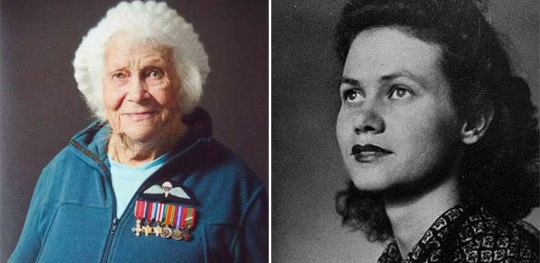
In May 1944, a 23-year-old British secret agent named Phyllis Latour Doyle parachuted into occupied Normandy to gather intelligence on Nazi positions in preparation for D-Day. As an agent for the British Special Operations Executive (SOE), Doyle – who celebrates her 102nd birthday today – secretly relayed 135 coded messages to the British military before France's liberation in August. She took advantage of the fact that the Nazi occupiers and their French collaborators were generally less suspicious of women, using the knitting she carried as a way to hide her codes. For seventy years, Doyle's contributions to the war effort were largely unheralded, but she was finally given her due in 2014 when she was awarded France's highest honor, the Chevalier of the Legion of Honour.
Doyle first joined the Women's Auxiliary Air Force at age 20 in 1941 to work as a flight mechanic, but SOE recruiters spotted her potential and offered her a job as a spy. A close family friend – her godmother's father who she viewed as her grandfather – had been shot by the Nazis and she was eager to support the war effort however she could. Doyle immediately accepted the SOE's offer and began an intensive training program. In addition to learning about encryption and surveillance, trainees also had to pass grueling physical tests. Doyle described how they were taught by a cat burglar who had been released from jail on "how to get in a high window, and down drain pipes, how to climb over roofs without being caught."
She first deployed to Aquitaine in Vichy France where she worked for a year as a spy using the codename Genevieve. Her most dangerous mission, however, began on May 1, 1944 when she jumped out of a U.S. Air Force bomber and landed behind enemy lines in Nazi-occupied Normandy. Using the codename Paulette, she posed as a poor teenage French girl. Doyle used a bicycle to tour the region, often under the guise of selling soap, and passed information to the British on Nazi positions using coded messages. In an interview with the New Zealand Army News magazine, she described how risky the mission, noting that "The men who had been sent just before me were caught and executed. I was told I was chosen for that area [of France] because I would arouse less suspicion."
She also explained how she concealed her codes: "I always carried knitting because my codes were on a piece of silk – I had about 2,000 I could use. When I used a code I would just pinprick it to indicate it had gone. I wrapped the piece of silk around a knitting needle and put it in a flat shoe lace which I used to tie my hair up." Coded messages took a half an hour to send, and the Germans could identify where a signal was sent from in an hour and a half, so Doyle moved constantly to avoid detection. At times, she stayed with Allied sympathizers, but often she had to sleep in forests and forage for food. During her months in Normandy, Doyle sent 135 secret messages conveying invaluable information on Nazi troop positions, which was used to help Allied forces prepare for the Normandy landings on D-Day and during the subsequent military campaign. Doyle continued her mission until France's liberation in August 1944.
Following the war, Doyle eventually settled in New Zealand where she raised four children. It was only in the past 15 years that she told them about her career as a spy. In presenting the Chevalier of the Legion of Honour to Doyle, French Ambassador Laurent Contini commended her courage during the war, stating: "I have deep admiration for her bravery and it will be with great honor that I will present her with the award of Chevalier de l’Ordre National de la Légion d’Honneur, France’s highest decoration."
45 notes
·
View notes
Text
Phyllis ‘Pippa’ Doyle (nee Latour) SOE wireless operator in France.
Phyllis ‘Pippa’ Doyle (nee Latour) SOE wireless operator in France.
Phyllis was born in South Africa on 8 April 1921, her father was a French doctor who died when she was three months old, and her mother was a British citizen. Her mother later married a racing car driver who was killed after his car crashed into a barrier and according to some writers her mother also died in a car crash after which Phyllis was sent to live with her father’s cousin in the AEF…

View On WordPress
0 notes
Text
Where Puzzles, Knitting, and Spycraft Combine!
In today's blog post, we discuss how knitting and puzzles became part of spycraft!

You might have seen the news story last year about a woman who chronicled numerous train delays with her knitting while she worked on a scarf. (Though you probably didn’t hear that it sold on eBay for over 7,000 Euros.)
Knitting is a clever way to both eat up downtime waiting for the train and also document how long that train made you wait. Moreover, it’s sending a message in an unusual fashion…
View On WordPress
#codebreaking#codecracking#codecraft#DIY puzzling#elizabeth bently#intelligence agency#knitting#phyllis latour doyle#Puzzle history#PuzzleNation#puzzles in plain sight#Puzzlin&039; fool#puzzly history#spycraft#world war 1#world war 2#world war i#world war ii
0 notes
Text

Phyllis Latour Doyle: The Forgotten Spy Whose Knitting Helped Pave the Way for D-Day: 👉 https://buff.ly/2K1J2AM
48 notes
·
View notes
Text
Knitting - Spy or Art? what are holes?
While I began exploring ‘Knitting’ as a technique and art practice, I came across many believed to be true and many fictional stories of how a grandmother was hired by Belgium resistance, working to defeat the occupying German force to knit at her window watching the passing trains or the one’s where during WWI, Madame Levengle, a woman who would sit in front of her window knitting, while tapping signals with her heels to her children who in the room below, pretended to do schoolwork while they wrote them down and later she would knit them, while a German marshal stayed in their home or Phyllis Latour Doyle, a secret agent for Britain during WWII, spent the war years sneaking information to the British using Knitting as a cover; or from a fiction book by Charles Dickens, where he introduces Madame Defarge, a french woman, who knit among the audience while the guillotine beheads french nobles, and zealously creates a series of stitch to encode names of these nobles that will be executed next.
I was fascinated with the idea of ‘Knitting’ being more than just an art practice which involved only needles and yarn. It suddenly became a language of communication between the defined audience to gather information on their enemy. From tangible fabric, it started to become more like an invisible, intangible material which no longer remained defined between the rigid framework of providing warmth to the men at war rather became a radical and undecipherable language that oscillated between computer codes with controlled Intel.
In many cases, just being able to knit was a good cover to gather information, and this tradition continued decades later during WWII. Again in Belgium, the resistance hired older women near train yards to add code to their knitting, to track the travel of enemy forces. “This enactment led to the Office Censorship’s ban on posted knitting patterns in the WWII, in case they contained coded messages”, Witkowski writes. Knitting used by Belgium resistance included dropping a stitch, making a ‘hole’ for one sore of passing train, and purling a stitch for the other sort of train, which forms a bump in the fabric, which in turn helped resistance to track the logistics of their enemies.
Elizabeth Bentley, an American who spied for the Soviet Union during WWII and later became a US informant, used her knitting bag to sneak early plans for the B-29 bombs and information on aircraft creation. The author in the article also shreds lights on the idea of ‘Knitting, spying and secret messages so often go hand-in-hand that knitters around the world have figured out ways you can make your own codes. He further says, non-spying knitters make gloves, scarves and hats from the Dewey Decimal system, Morse code, and Binary programming language for computers, treating purls and knits like ones and zeros. Furthermore, he continues by saying, the possibilities are so endless, it might even be worth trying!
0 notes
Link
Phyllis Latour Doyle, secret agent for Britain during World War II, spent the war years sneaking information to the British using knitting as a cover. She parachuted into occupied Normandy in 1944 and rode stashed bicycles to troops, chatting with German soldiers under the pretense of being helpful—then, she would return to her knitting kit, in which she hid a silk yarn ready to be filled with secret knotted messages, which she would translate using Morse Code equipment. “I always carried knitting because my codes were on a piece of silk—I had about 2000 I could use. When I used a code I would just pinprick it to indicate it had gone. I wrapped the piece of silk around a knitting needle and put it in a flat shoe lace which I used to tie my hair up,” she told New Zealand Army News in 2009. ...
82 notes
·
View notes
Text
Women In History
I grew up believing that women had contributed nothing to the world until the 1960′s. So once I became a feminist I started collecting information on women in history, and here’s my collection so far, in no particular order.

Lepa Svetozara Radić (1925–1943) was a partisan executed at the age of 17 for shooting at German soldiers during WW2. As her captors tied the noose around her neck, they offered her a way out of the gallows by revealing her comrades and leaders identities. She responded that she was not a traitor to her people and they would reveal themselves when they avenged her death. She was the youngest winner of the Order of the People’s Hero of Yugoslavia, awarded in 1951

23 year old Phyllis Latour Doyle was British spy who parachuted into occupied Normandy in 1944 on a reconnaissance mission in preparation for D-day. She relayed 135 secret messages before France was finally liberated.

Catherine Leroy, War Photographer starting with the Vietnam war. She was taken a prisoner of war. When released she continued to be a war photographer until her death in 2006.
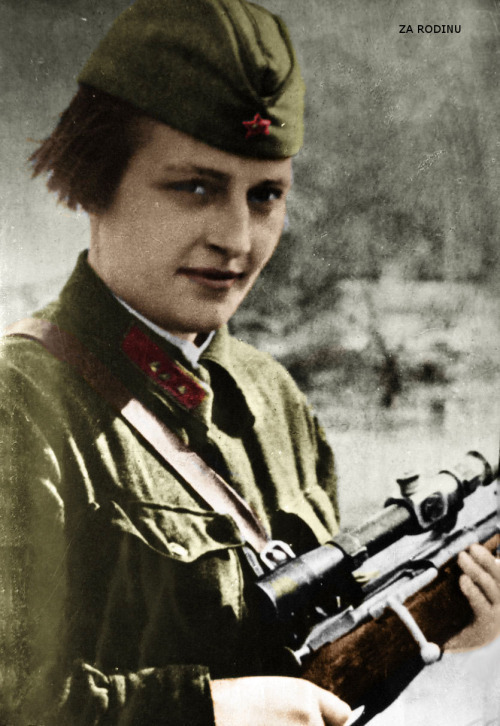
Lieutenant Pavlichenko was a Ukrainian sniper in WWII, with a total of 309 kills, including 36 enemy snipers. After being wounded, she toured the US to promote friendship between the two countries, and was called ‘fat’ by one of her interviewers, which she found rather amusing.
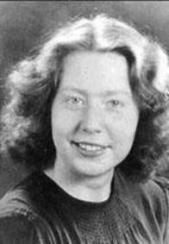
Johanna Hannie “Jannetje” Schaft was born in Haarlem. She studied in Amsterdam had many Jewish friends. During WWII she aided many people who were hiding from the Germans and began working in resistance movements. She helped to assassinate two nazis. She was later captured and executed. Her last words were “I shoot better than you.”.
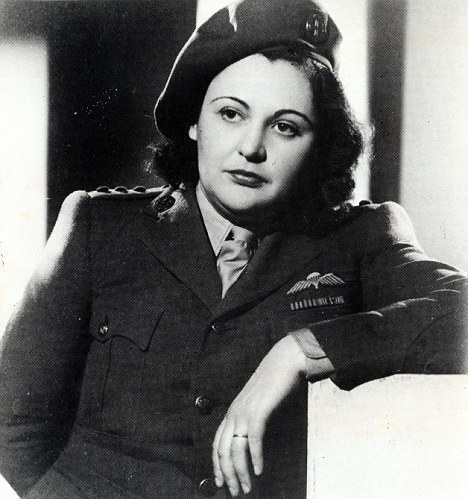
Nancy wake was a resistance spy in WWII, and was so hated by the Germans that at one point she was their most wanted person with a price of 5 million francs on her head. During one of her missions, while parachuting into occupied France, her parachute became tangled in a tree. A french agent commented that he wished that all trees would bear such beautiful fruit, to which she replied “Don’t give me any of that French shit!”, and later that evening she killed a German sentry with her bare hands.
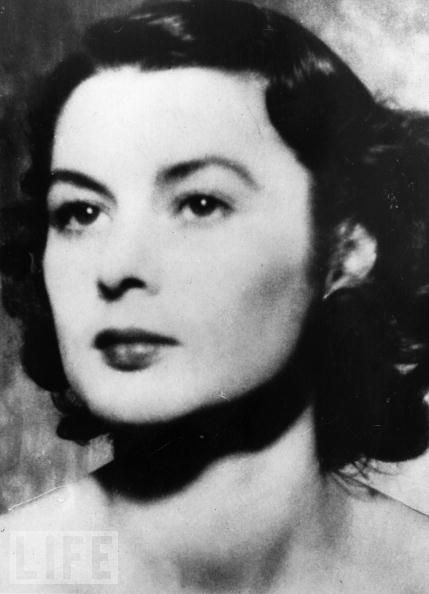
After her husband was killed in WWII, Violette Szabo began working for the resistance. In her work, she helped to sabotage a railroad and passed along secret information. She was captured and executed at a concentration camp at age 23.
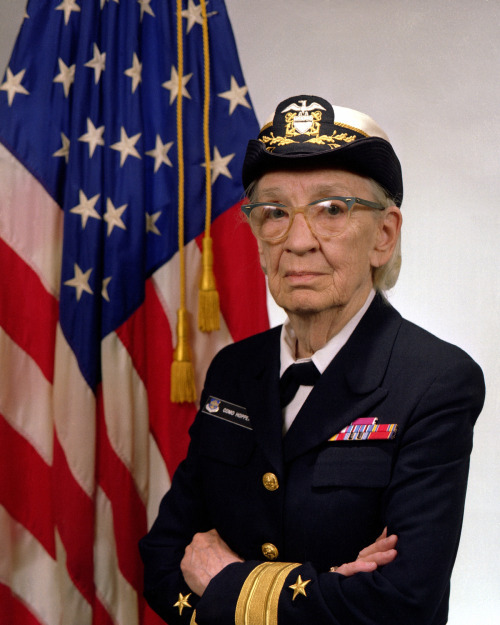
Grace Hopper was a computer scientist who invented the first ever compiler. Her invention makes every single computer program you use possible.

Mona Louise Parsons was a member of an informal resistance group in the Netherlands during WWII. After her resistance network was infiltrated, she was captured and was the first Canadian woman to be imprisoned by the Nazis. She was originally sentenced to death by firing squad, but the sentence was lowered to hard lard labor in a prison camp. She escaped.

Simone Segouin was a Parisian rebel who killed an unknown number of Germans and captured 25 with the aid of her submachine gun. She was present at the liberation of Paris and was later awarded the ‘croix de guerre’.
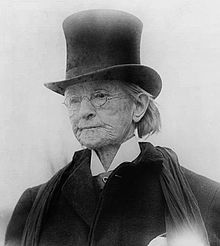
Mary Edwards Walker is the only woman to have ever won an American Medal of Honor. She earned it for her work as a surgeon during the Civil War. It was revoked in 1917, but she wore it until hear death two years later. It was restored posthumously.
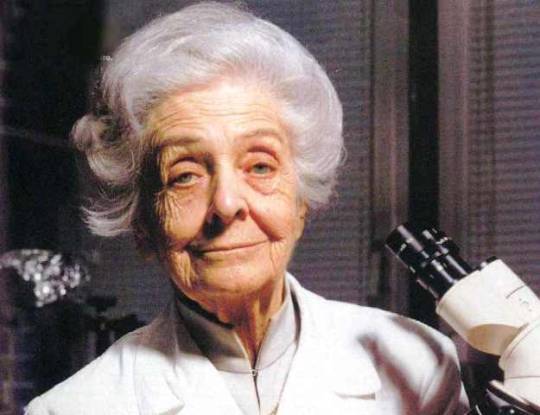
Italian neuroscientist won a Nobel Prize for her discovery of nerve growth factor. She died aged 103.
EDIT
jinxedinks added: Her name was Rita Levi-Montalcini. She was jewish, and so from 1938 until the end of the fascist regime in Italy she was forbidden from working at university. She set up a makeshift lab in her bedroom and continued with her research throughout the war.

A snapshot of the women of color in the woman’s army corps on Staten Island
This is an ongoing project of mine, and I’ll update this as much as I can (It’s not all WWII stuff, I’ve got separate folders for separate achievements).
File this under: The History I Wish I’d Been Taught As A Little Girl
1 note
·
View note
Link
Phyllis Latour Doyle, secret agent for Britain during World War II, spent the war years sneaking information to the British using knitting as a cover. She parachuted into occupied Normandy in 1944 and rode stashed bicycles to troops, chatting with German soldiers under the pretense of being helpful—then, she would return to her knitting kit, in which she hid a silk yarn ready to be filled with secret knotted messages, which she would translate using Morse Code equipment. “I always carried knitting because my codes were on a piece of silk—I had about 2000 I could use. When I used a code I would just pinprick it to indicate it had gone. I wrapped the piece of silk around a knitting needle and put it in a flat shoe lace which I used to tie my hair up,” she told New Zealand Army News in 2009.
In many cases, just being a knitter—even if you weren’t making coded fabric—was enough of a cover to gather information, and this tradition continued decades later during World War II. Again in Belgium, the resistance hired older women near train yards to add code into their knitting, to track the travel of enemy forces. “This enactment led to the Office of Censorship’s ban on posted knitting patterns in the Second World War, in case they contained coded messages,” Witkowski writes. Knitting used by the Belgian Resistance during World War II included dropping a stitch, which forms a hole, for one sort of passing train, and purling a stitch, which forms a bump in the fabric, for another, which helped the resistance track the logistics of their enemies. Elizabeth Bently, an American who spied for the Soviet Union during World War II and later became a US informant, used her knitting bag to sneak early plans for the B-29 bombs and information on aircraft creation.
Female spies during the American Revolutionary War also used the “old women are always knitting” stereotype to their advantage. Molly “Old Mom” Rinker, a spy for George Washington during the Revolutionary War, sat on a hilltop and pretended to knit while spying on the British, according to An Encyclopedia of American Women at War. She then hid scraps of paper with sensitive information in balls of yarn, which she tossed over a cliff to hidden soldiers right below, under the noses of the enemy.
#I love everything about this#and thought my fellow fiber arts nerds would too!#spycraft#knitting#fiber arts#wwii#revolutionary war#war history#historical women
7 notes
·
View notes
Photo

Phyliss ‘Pippa’ Latour Doyle MBE is the last surviving female Special Operations Executive. At age 23, Phyllis parachuted into occupied Normandy in May 1944 to gather intelligence on Nazi positions in preparation for D-Day. She is currently 100 years old
0 notes
Text
In May 1944, a 23-year-old British secret agent named Phyllis Latour Doyle parachuted into occupied Normandy to gather intelligence on Nazi positions in preparation for D-Day. As an agent for the British Special Operations Executive (SOE), Doyle – who celebrates her 101st birthday this week – secretly relayed 135 coded messages to the British military before France's liberation in August. She took advantage of the fact that the Nazi occupiers and their French collaborators were generally less suspicious of women, using the knitting she carried as a way to hide her codes. For seventy years, Doyle's contributions to the war effort were largely unheralded, but she was finally given her due in 2014 when she was awarded France's highest honor, the Chevalier of the Legion of Honour.

Phyllis Latour Doyle: The Forgotten Spy Whose Knitting Helped Pave the Way for D-Day: 👉 https://buff.ly/2K1J2AM
48 notes
·
View notes